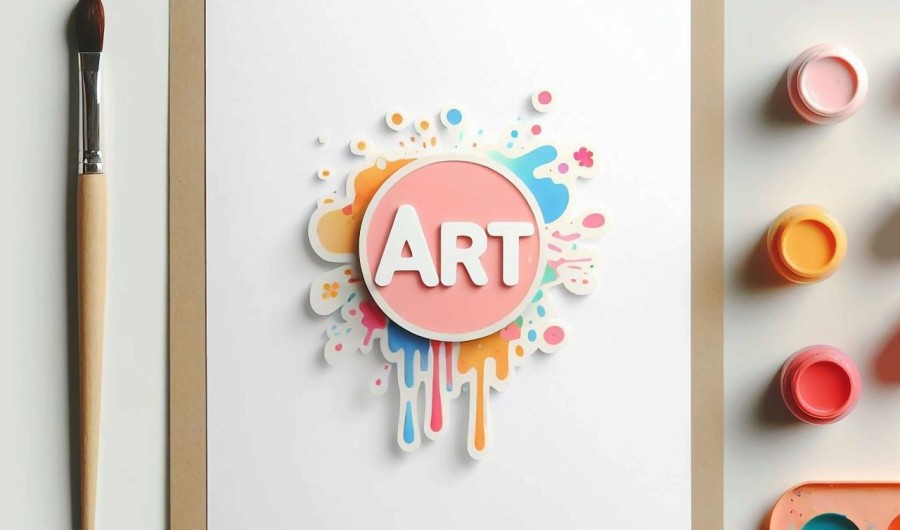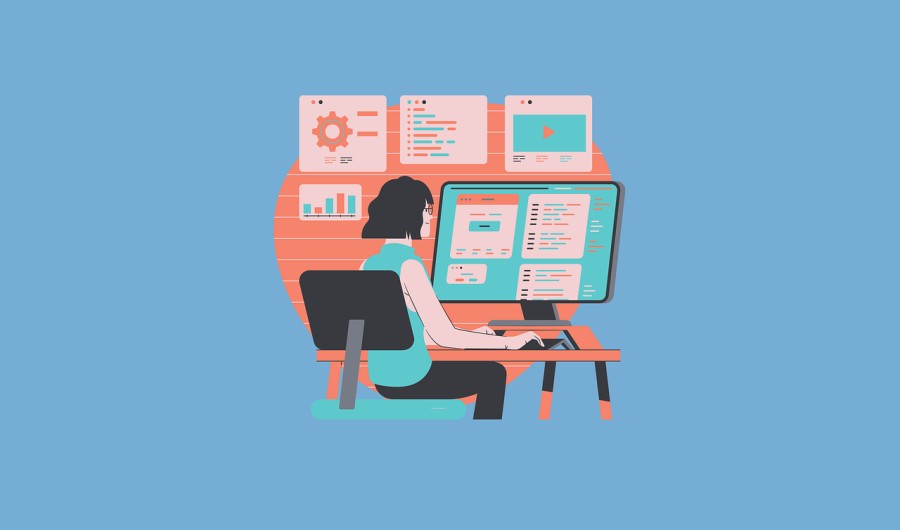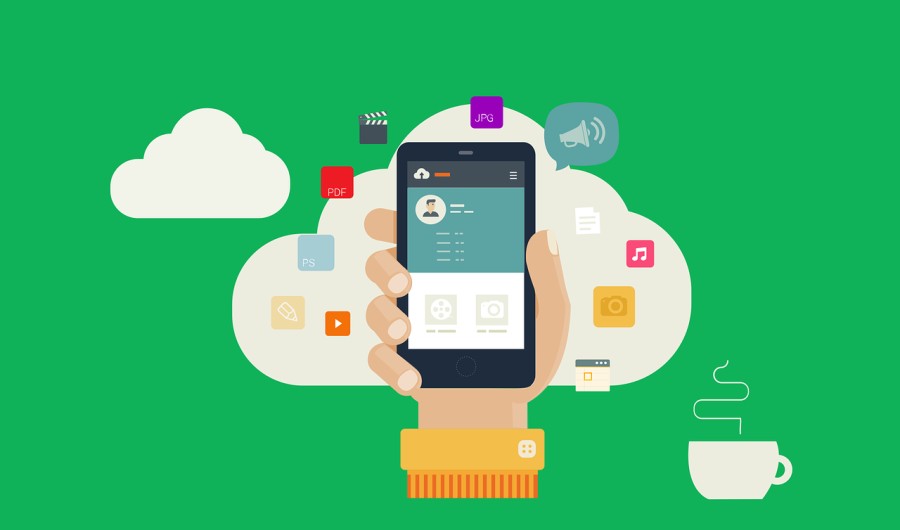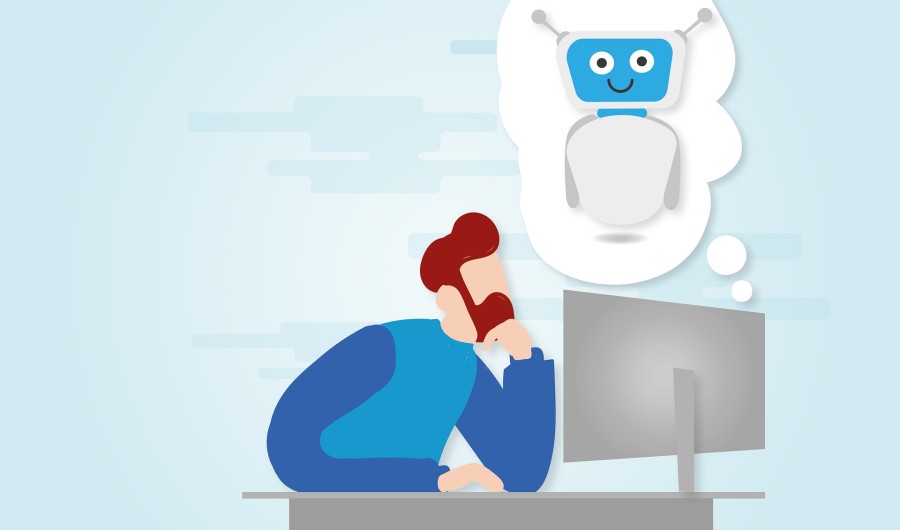
The Immersive Realm of 2D and 3D Animation
Do you know what, if you want to breathe life into static, still images, animation is your way to go. It has captivated the audience across the globe since ages and in this digital age it has evolved into multifaceted phenomenon.
With techniques of 2D and 3D animation, there are countless creative possibilities to use different types of animation in various industries. Whether you are an inspiring artist or a seasoned animator or simply a person who is intrigued by the animation magic, we are defining 2D and 3D animation in this blog with their types so that you get to know the basics of the animation world.
So without further ado let’s start and see what animation is all about, what are its types, and what popular techniques are used in the realm of animation.
Understanding the Basics: What is Animation?
Before we discuss the 2D and 3D animation details, let’s start with the basics. Animation is the process of providing the audience with the illusion of movement or motion by displaying static and still images rapidly in the continuous sequence.
In the animation universe, we call these images frames and they are arranged in a specific order to deliver the sense of movement, narrative, or emotion. Animation can be hand drawn sketches or a complex CGI for providing the visual experience and incredible storytelling experience
What Is 2D Animation?
2D animation is actually the process of bringing flat images to life. 2D animation is actually the animation in two-dimensional space that involves creating a sense of movement or motion in a two-dimensional space.
This animation heavily relies on flat and still images manipulation to convey the illusion of movement unlike 3D animation, in which depth and volume is added to objects or characters.
What Are The Common Types Of 2D Animation?
There are many types of animation that are being used to create animated content but not all of them are commonly used. We have gone through some corporate videos examples and you can also have an idea about the types of animation used in them.
That is why we will discuss some of the common types of 2D animation that are popular to create movies, videos and other relevant content.
Let’s explore some of the most common types of 2D animation:
Traditional 2D Animation:
Traditional to the animation is also known as cell animation in which each photograph or the frame is hand drawn. Animators sketch backgrounds, objects, and characters meticulously on transparent sheets which are also called “Cels”. These are then photographed or scanned digitally to create the fluid motion and provide the sense of movement. It is the oldest form of animation and is being used for decades now.
Digital 2D Animation:
While in traditional animation, The images and backgrounds are drawn on transparent sheets by hand. But in digital 2D animation, animators use digital tools like electronic drawing pads, and computer software to draw the frames, create and manipulate the characters, and set up the backgrounds. Using many digital tools offers them efficiency, saves their time, and provides flexibility in the process of animation.
Motion Graphics:
As a name suggests motion graphics is a combination of graphics and the animation these both combine to create the dynamic visual element that can be logos typography and illustration graphical charts and relevant objects motion graphics is commonly used in producing the content for advertising, UI/UX designing, web designing, and branding. Through motion graphics animation, one can add an element of engagement and interactivity to the static images
Whiteboard Animation:
The advent of whiteboard animation began in 2009 and it is still used in marketing video production. The idea of the whiteboard animation is simple. It is used to explain a certain concept or content using simple drawing which appears on the whiteboard screen just like the teacher used to teach us any concept on the whiteboard in our schools.
The visuals from the whiteboard animations are combined with the voice over to explain the essence of any concept and simplify it in a clear way. Creating whiteboard animation and whiteboard animated videos is simple, engaging, delightful, and productive.
The objective of using whiteboard animation is usually the explanation of any complicated and complex concept in a sophisticated manner. The whiteboard animation is usually used to create explainer videos and e-Learning videos to teach something to the target audience of all age groups.
Cutout Animation
The advent of cut out animation started in the 18 century, and it is popular due to the shadow theaters. It is done by cutting out objects from paper photos or cardboards and then the earlier and overlapping to create the illusion of movement. You can also categorize cut out animation as the type of stock motion animation in cartoon style.
What Is 3D Animation?
3D animation, or three-dimensional animation, adds volume, depth, and a sense of realism to any animated scene. Animators create 3D models, backgrounds and environments in 3D space, to simulate real looking movements and interactions.
What Are The Common Types of 3D Animation?
3D animation has a lot of types just like 2D animation. So let’s explore some of the most commonly and popularly used 3D animation types all over the world.
Digital 3D Animation:
If we talk about digital 3D animation, it means that it involves the digital three dimensional models, characters, backgrounds and environments created through digital computer software. Digital 3D animation is widely used in filmmaking, video game production, architecture and furniture interior visualization, and 3D animation videos to provide a sense of realism and lifelike details.
3D Virtual Reality (VR) Animation:
Through virtual reality 3D animation you can transport your viewers to the immersive 3D digital environments in the manner that you allow them to interact with virtual 3D characters, objects, environments and let them experience them in three dimensional space.
The utilization of 3D virtual reality animation is conducted through virtual reality headsets and interactive technology. 3D VR animation has revolutionized video gaming, entertainment, employee training, and storytelling.
Stop Motion Animation:
Stop motion animation is actually the time bound animation technique in which one manipulates the physical objects or puppets frame-by-frame to create the movement or the sense of motion. This animation has been used in films like “The Nightmare Before Christmas”. It resonates with the audience due to its tactile nostalgic feeling and quality
Cel Shading or Toon Shading:
If we talk about Cel Shading or Toon Shading animation, it is a 3D animation technique that provides a sense of hand drawn images in the form of animated objects, characters or backgrounds.
It is done by applying expressive, flat shading to 3D objects, characters, props or backgrounds to create stylized or aesthetics just like cartoons that we commonly see in animated films and video games.
The Importance Of Animation: Why It Matters
Animation of any type, whether its 2D animation or 3D animation, is being used as a communication and marketing tool across various industries. From advertising to entertainment, and from healthcare to eCommerce, you’ll see animation everywhere on the internet.
Here are some points that will make your realize how important the animation is and why does it matter:
A Tool For Expressing Creativity and Artistic Innovation:
Through animation, artists and creators can express their creativity, ideas, emotions and unique visions in the most creative way. It helps them transcend the limitations that a traditional media has.
It Increases Audience Engagement and Social Media Interactions:
Through animation and video content, one can capture the attention of the audiences and engage them effectively and efficiently. It helps you establish strong emotional connection with the target audience and encourage them to actively participate in brand activities.
It Helps Educate The Audiences and Foster Learning:
Brands and businesses are using animation to simplify complex and complicated concepts. It makes the audience learn more and enjoy the process no matter what age group they belong to. From animated education-based videos to interactive AR/VR simulations, one can enhance and elevate understanding and learning through animation effectively and efficiently.
Marketing and Branding:
Businesses and brands can leverage animation as a powerful tool for brand communication, building a unique identity for brands, and connecting with the target audience. One can create impactful and effective marketing content using various content formats like animated logos, animated explainer videos, whiteboard animation videos, motion graphics and kinetic typography.
Innovative Approach To Storytelling:
Through animation, one can elevate the storytelling using innovation and technology with a flair of creativity. The visual effects, typography, realism, and strong narrative combine together to provide an immersive experience to the audience.
Wrapping Up
2D animation or 3D animation, all forms continuously inspiring, entertaining, and delighting the audiences across the globe. Whether one is creating animated frames from hand-drawn sketches, or using CGI to create cutting-edge visuals, the dynamic animated content is evolving day by day transcending through time and space.
We have explained the importance of animation along with its two forms and further types of them in this blog. We hope we have intrigued you enough to know more about animation and the immersive realm of animation that is taking the industries around the globe to the moon.





